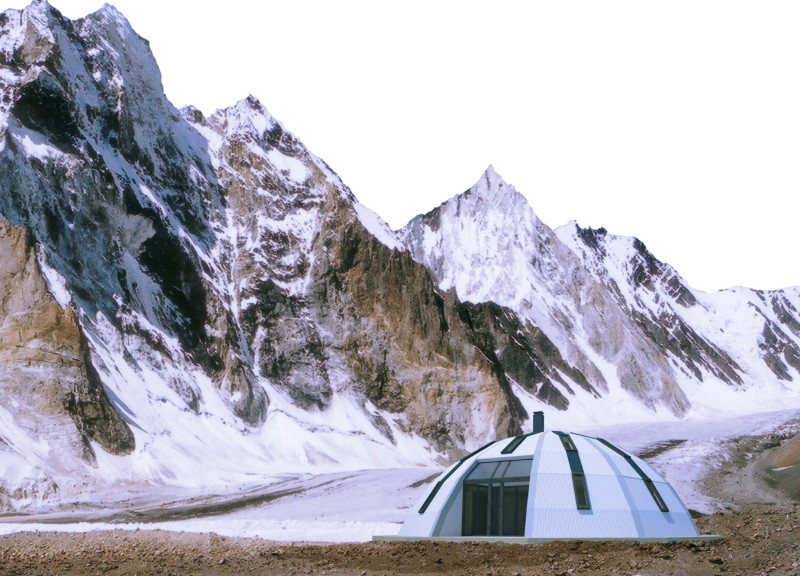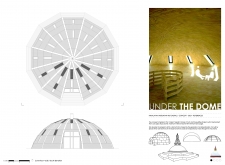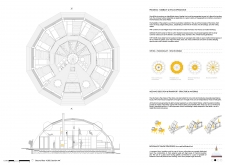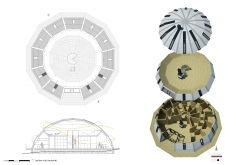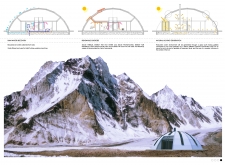5 key facts about this project
The primary function of this building is multi-faceted, accommodating varied uses that enhance the user experience. Spaces are intelligently arranged to facilitate interaction and movement, promoting a sense of community among occupants. This intentional layout not only addresses practical needs but also encourages social interaction, fostering a welcoming environment where people can gather and engage.
The building's exterior exhibits a thoughtful choice of materials that blend seamlessly with the landscape. The use of locally-sourced materials not only mitigates transportation impacts but also establishes a connection to the regional identity. Textured surfaces, varying in color, contribute to an inviting façade that engages passersby and residents alike. Large windows invite natural light, enhancing interior spaces while providing views that link the interior with the outdoor environment. This emphasis on natural light is a testament to the design's commitment to creating uplifting spaces that foster well-being.
Unique design approaches characterize this project, setting it apart from conventional structures. Notably, the integration of sustainable design principles is evident throughout. Utilization of energy-efficient systems and renewable resources reduces the ecological footprint, aligning the project with contemporary architectural standards aimed at promoting sustainability. Furthermore, the incorporation of green roofs or living walls not only adds aesthetic value but also improves biodiversity, contributing positively to the local ecosystem.
In the interior, the design embraces flexibility through open spaces that can adapt to varied uses. Movable partitions allow for easy reconfiguration, enabling occupants to modify their environment in response to changing needs. This adaptive nature is particularly beneficial in urban settings where dynamic uses require versatility. Special attention has been paid to acoustics, ensuring that spaces remain conducive to both collaboration and quiet reflection.
Key design elements further emphasize the thoughtful approach taken in this project. The careful detailing of the entrance creates a sense of arrival, inviting users into a generous lobby area that serves as a central hub for interaction. Here, the balance of private and communal spaces is meticulously achieved, providing areas for focus as well as collaboration. Architectural sections reveal how the design employs varying ceiling heights and materials to create a layered effect, adding depth and interest to the spatial experience.
This project encourages a reconsideration of modern architecture by exemplifying how built environments can respond to functional requirements while maintaining a strong connection to their cultural and physical landscapes. Each element, from the structural integrity to the material selection, embodies a commitment to quality and sustainability. Through the lens of this design, one can observe the potential of architecture to foster community and enhance everyday life.
For those interested in delving deeper into this architectural endeavor, exploring the architectural plans and sections provides invaluable insight into the thoughtful design decisions made throughout the process. Reviewing the architectural ideas that shaped this project will undoubtedly enrich your understanding of its significance and the innovative approaches employed. Take the opportunity to engage with the project presentation for a comprehensive look at the creative journey that shaped this remarkable design.


